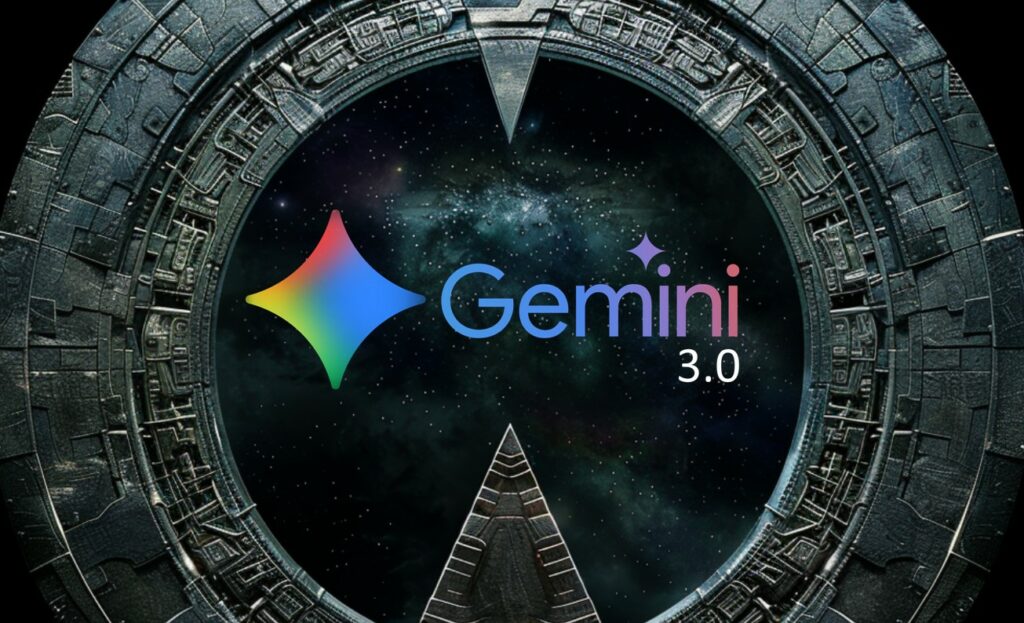
Redazione RHC : 22 October 2025 09:54
Google has quietly launched Gemini 3.0 Pro , the latest development in its multimodal language model. The stated goal: to improve contextual reasoning, the quality of results, and integration with Google tools (Workspace, Chrome, Android).
Version 2.5 Pro had already set a standard in multimodal reasoning and handling long contexts, especially across documents in Workspace.
Gemini 3.0 Pro builds on these foundations, but introduces faster inference, greater factual consistency, and better understanding of mixed inputs (graphs, PDFs, screenshots). According to internal tests on AI Studio and Vertex AI, the new model reduces errors (“hallucinations”), produces more accurate quotes, and offers parallel reasoning on visual and textual data.
Recent builds of Chrome Canary show elements of “Contextual Tasks,” a framework that allows Gemini to analyze and act on web content.
Without leaving the browser window, the model can:
This is a step toward “ambient AI,” where the assistant operates in the background, aware of the user’s context.
Gemini 3.0 Pro is based on a multi-tower architecture: visual, audio, and text streams are processed separately and then fused at the reasoning level. This approach allows for internal consistency when processing mixed inputs (e.g., screenshots with tables, voice notes linked to documents).
In preliminary tests, the model interprets complex layouts with higher fidelity than the previous version, and the internal summarization pipeline improves at “referential accuracy,” or linking sections of text to specific figures or pages.
Key architectural improvements include:
| Component | Benefits in 3.0 Pro | Practical impact |
|---|---|---|
| Visual encoder | Greater precision on tables, diagrams, interfaces | More reliable visual interpretation |
| Textual reasoning | Expanded token window, structured planning | Long context better interpreted |
| Cross-modal fusion | Better time synchronization | Consistent output between text and images |
| Output Controller | Most reliable quotes | Reducing drift in summaries |
These optimizations make Gemini 3.0 Pro particularly suitable for enterprise workflows that combine visual and textual data (e.g., legal analyses, technical reports, policy assessments).
Alongside its Chrome debut, Gemini 3.0 Pro enters Google Workspace not as an isolated chatbot, but as an internal reasoning layer. It can summarize content in Gmail, Docs, and Sheets, pulling data from various Drive sources and maintaining the integrity of quotes.
On the enterprise side, within Vertex AI , organizations can use the same model via API to build specialized agents, taking advantage of Gemini’s multimodal understanding and data governance policies.
Planned applications include:
Essentially, Gemini 3.0 Pro is intended to operate as a shared reasoning engine within the Google ecosystem, not as a separate entity.
The philosophy behind Gemini differs from that of models like ChatGPT or Claude. OpenAI focuses on agent ecosystems with external tools, Anthropic on modules and secure personalization, but Google emphasizes “environmental embedding,” that is, integrating AI into the environments where users already interact.
Here’s a quick comparison:
| Model | Strategy | Strong point | Expected release |
|---|---|---|---|
| Gemini 3.0 Pro | Contextual and multimodal | Seamless ecosystem integration | Chrome, Workspace, Android |
| GPT-5 / GPT-4o | Autonomous agents | General reasoning, coding skills | ChatGPT, API, Copilot |
| Claude 4.5 | Modularity through skills | Integrated security, domains | Enterprise environments |
| Copilot (Microsoft) | Direct actions on files | Direct system control | Windows, Office, Edge |
Instead of aiming for full autonomy, Google favors cooperative human-AI assistance that is more context-aware and less isolated.
Gemini 3.0 Pro’s discreet implementation reflects Google’s philosophy: AI should be native, not announced. This approach is consistent with the model’s integration into the Android 15 system assistant and Chrome Actions. For enterprises, this means being able to rely on multimodal, deep-context reasoning with controls inherited from Google Cloud.
In regulated contexts (finance, healthcare, law), where context and traceability prevail over the theatricality of the launch, this strategy has concrete implications.
Key benefits for businesses include:
Gemini 3.0 Pro marks a shift from a siloed model to distributed intelligence across the Google ecosystem. Instead of offering a single point of interaction with AI, Google distributes its reasoning capabilities across Chrome, Workspace, and Android devices. The result is a contextual, secure, and always-on assistant that transforms documents, web pages, and messages into surfaces where AI works alongside the user.
 Redazione
Redazione